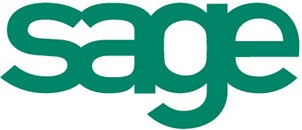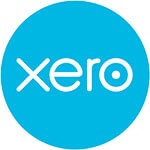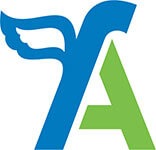The fourth version of the CJRS “furlough” grant scheme starts on 1 May 2021 and will run until 30 September with employees affected continuing to be supported such that they are entitled to be paid at least 80% of their “usual pay” subject to a limit of £2,500 a month for hours not worked. The government, via HMRC, will continue to provide support up to this 80% figure for the months of May and June. The government support then reduces to 70% for July and the 60% for August and September with the employer being required to make up the difference. The employer is also required to pay national insurance contributions and pension contributions on the full amount paid to the employee.
Eligibility from 1 May 2021
In order to be included in a CJRS “furlough” grant claim for periods after 1 May 2021 an employee must have been on the payroll and subject to an RTI (real time information) submission between 20 March 2020 and 2 March 2021.
The claim calculation continues to be complex with care required to compute the employee’s “usual pay” and “usual hours” particularly where the hours and pay varies. Furloughed hours for the grant claim continues to be the difference between the employee’s usual hours and hours worked in the claim period.
“Usual pay”
In order to qualify for the first and second CJRS “furlough” support grants an employee needed to be included in an RTI submission for 2019/20 by 19 March to be included. If that employee continues to be employed their “usual pay” for the next version of CJRS continues to be that same amount, even where they have had a pay rise.
Those who failed the original eligibility test but were on the payroll and subject to an RTI submission before 30 October 2020 were eligible for the third version of furlough that started on 1 November 2020. If that employee continues for to be employed their “usual pay” for the next version of CJRS continues to be that same amount, again even where they have had a pay rise.
For employees on fixed pay who were first reported through RTI between 31 October 2020 and 2 March 2021 the “usual pay” is based on the last pay period ending on or before 2 March 2021. For those on variable pay calculate 80% of the average wages payable between 6 April 2020 (or, if later, the date the employment started) and the date before they were first furloughed on or after 1 May 2021
The grant calculations don’t get any simpler!
Note that HMRC may impose penalties on employers that have overclaimed, even for careless errors.
Details of Fourth Self-Employed Income Support Grant
Like the CJRS scheme for employers the Self-Employed Income Support Scheme (SEISS) has been extended to September 2021and details of claims for the fourth grant have now been released. This fourth grant covers February, March and April 2021. There will then be a fifth grant covering May to September 2021.
The latest grant allows the self-employed to claim 80% of their average profits for the period up to 2019/20, and is again limited to £2,500 a month.
Like CJRS there are lots of conditions that need to be satisfied such as being self-employed in 2019/20 and continuing to trade in 2020/21 or would be doing so if it the business had not been impacted by coronavirus.
In order to be able to make a successful claim the self-employed profits in 2019/20 must not exceed £50,000 and must be more than 50% of the individual’s total income. If that test is not met, then the same £50,000 and 50% tests are applied to average profits and total income over the four years (or shorter period) to 5 April 2020. This means that those who commenced trading in 2019/20 will now potentially be eligible for SEISS grants, having not previously qualified for the first three grants.
Although we cannot make the claim on your behalf we can help you determine whether you are eligible and assist you with your claim if required.
Conditions for the fifth grant will be linked to a reduction in business turnover.
Self-employed individuals whose turnover has fallen by 30% or more will continue to receive the full grant worth 80% of three months’ average trading profits, capped at £7,500. People whose turnover has fallen by less than 30% will receive a 30% grant, capped at £2,850. We are still awaiting further details of the fifth grant calculation.
If we can be of assistance in helping you with your claims please get in touch.









